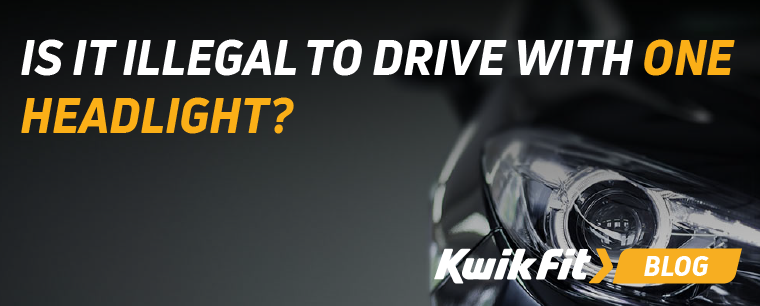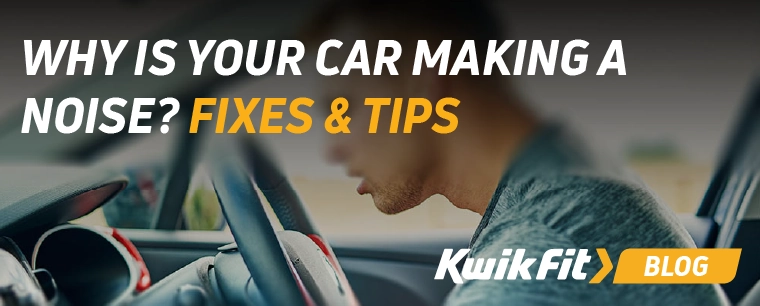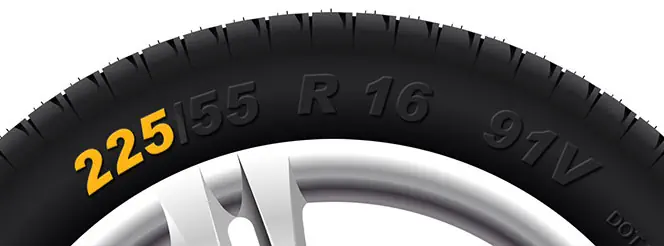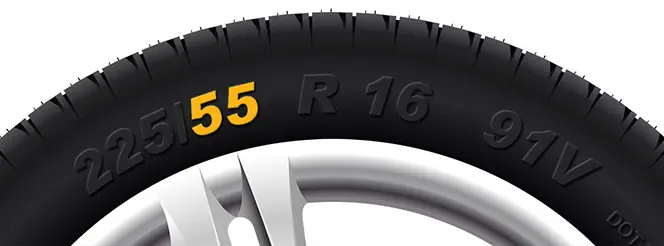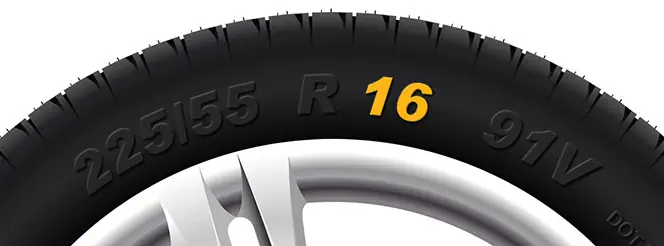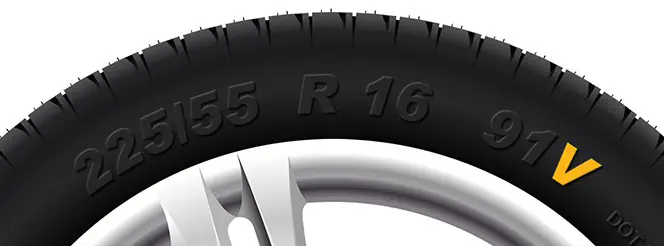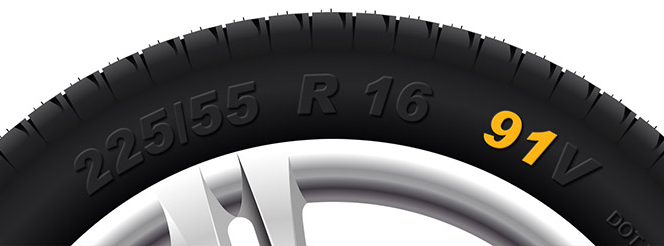What to Do If You Put the Wrong Fuel in Your Car
Jack Dreyer | Thursday 16th February 2023 12:30pm
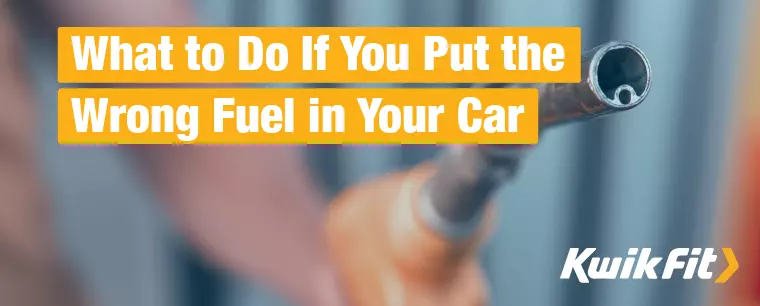
Putting the wrong fuel in your car is a great way to ruin your day – but it happens more often than you might think! Hopefully, you’re still at the pump when you realise, but if you’ve already got down the road then you may be in trouble!
Here’s what to do if you’ve got the wrong fuel in your car.
Two types of fuel damage
The wrong fuel damages cars in two main ways:
- Diesel fuel in a petrol-engine vehicle will usually clog up the system quite quickly. Diesel is much more like an oil than petrol is and tends to have a lot of particulate matter in it.
- Petrol in a diesel engine will usually damage a lot of the seals. Diesel tends to lubricate the rubber-based seals in the system, but petrol dissolves them quite quickly.
Turn the engine off and don’t put keys in the ignition
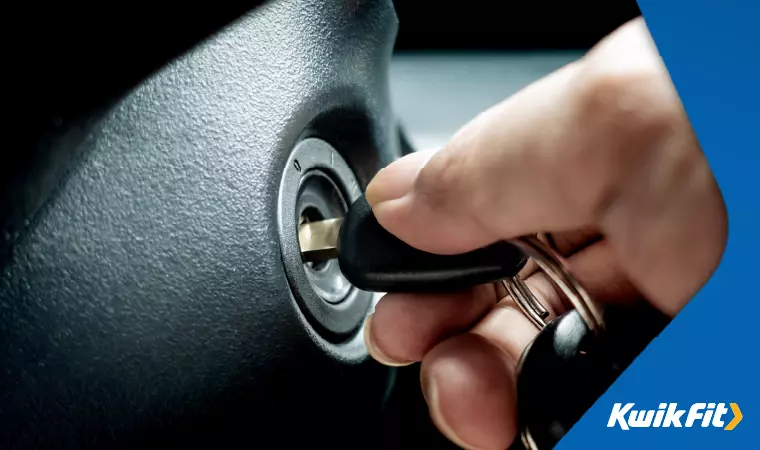
Fuel in the tank isn’t going to cause too much damage until it gets into the rest of the system. The main damage caused is by the fuel pump moving the fuel around the engine system.
The pump itself can get damaged by the wrong fuel, but keeping the keys in the ignition, on some vehicles, makes the fuel pump start priming the system.
Put the car into neutral and get it to a safe place
If you’re lucky, you’ll still be at the pump when you realise you’ve been at the wrong pump. The next most important thing is to get the car into neutral and roll it to a safe place.
Leaving the car in gear will make it nearly impossible to move, and could also prime the pump to begin circulating fuel as you move the car.
Call breakdown assistance
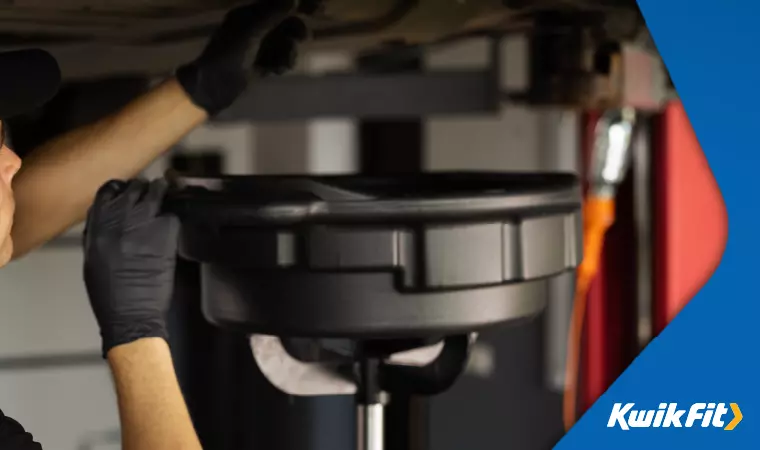
Then you’ll need to call a breakdown assistance provider and explain that you’ve misfuelled your car. Depending on where you are, waiting times can be around an hour for somebody to get to you. They’ll usually then need to drain and flush the fuel system – with some luck, no damage will have been done!
What if you’ve already started driving?
The damage is likely to be greater if you’ve already started driving, but the remedial process is the same: stop in a safe place, turn the car off, and leave it in neutral.
If the recovery specialist deems the damage to be too great, then towing will have to be arranged so that the engine can be reconditioned in a garage. This, however, can be very time consuming and therefore costly work.
Call your local Kwik Fit centre for advice
We hope you never find yourself in this situation but, if you do, you can always contact the experts at your local Kwik Fit centre for advice.
Any facts, figures and prices shown in our blog articles are correct at time of publication.
Featured Articles
Is it Illegal to Drive With One Headlight?
Saturday 19th July 2025
Wondering if it’s illegal to drive with one headlight? Learn about the safety risks and penalties of illegal blown bulbs and why you should fix them promptly.
Air Con in EVs & Hybrids: Experts Answer Your Questions
Monday 30th June 2025
Does air con drain EV batteries? Can you use the air con while charging an electric car? Find out the answers to these questions & more from Kwik Fit’s experts.
Why Is Your Car Making a Noise? Fixes & Tips
Friday 13th June 2025
When your car starts making unexpected noises, it can certainly be quite disconcerting; it may be nothing to worry about, but here’s what you need to know.


